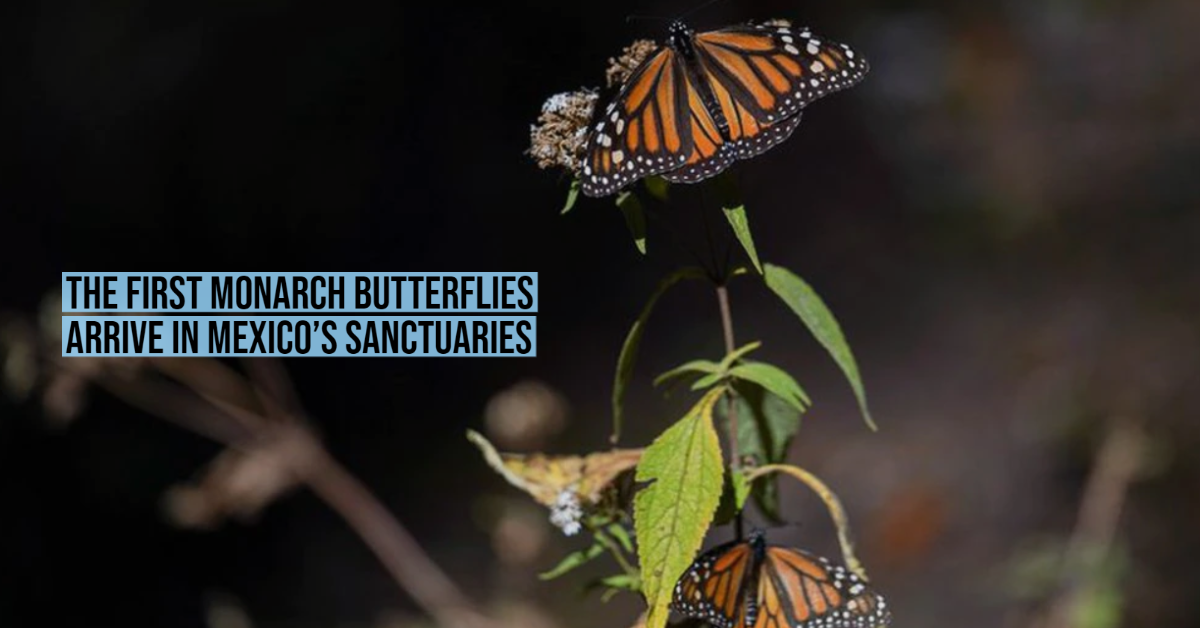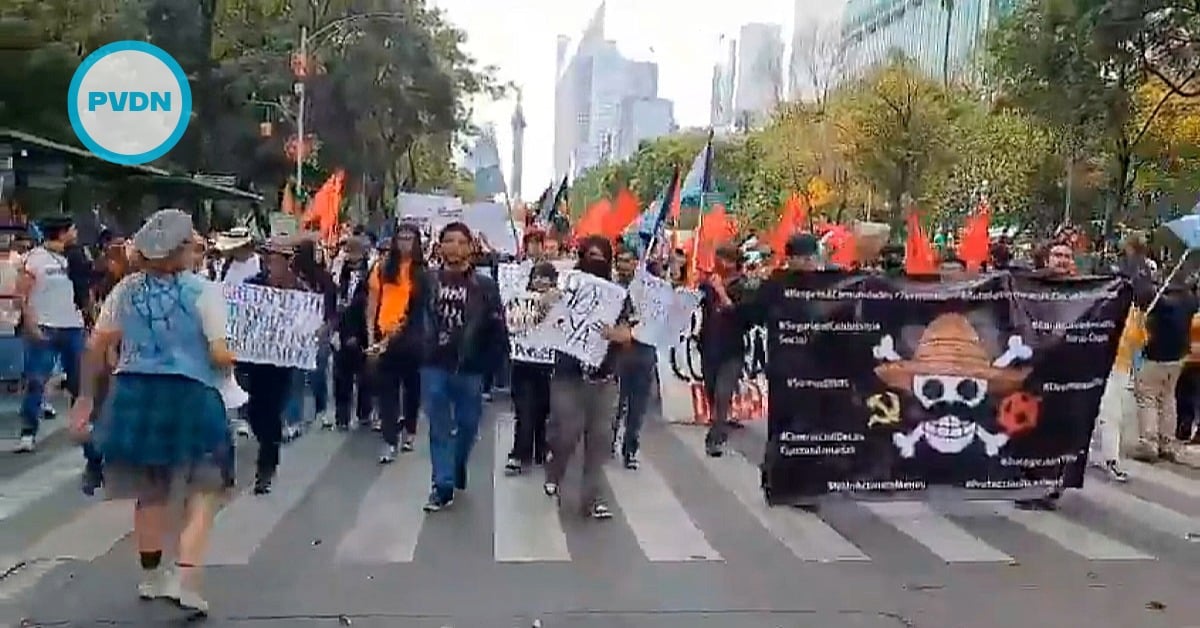Every fall, after a long journey of more than 4,000 kilometers from the United States and Canada, the Monarch butterfly arrives in Mexico to hibernate in Michoacán and the State of Mexico, where there are oyamel, pine, oak, and cedar forests. Faithful to the tradition of the Day …







